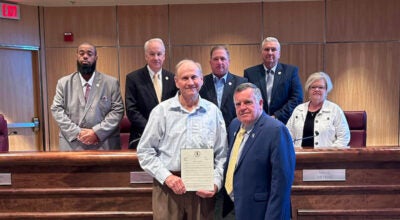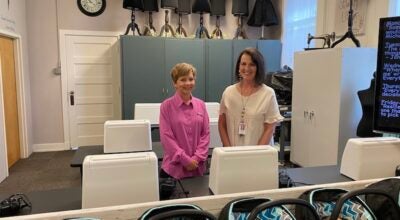Session to explore methods of attracting songbirds
Published 5:16 pm Friday, July 12, 2013
Regional Extension Agent Patrick Cook and others at the Chilton County Extension Office frequently field questions from people about how to entice songbirds into their yards.
Cook, who works in Forestry, Wildlife and Natural Resource Management with the Alabama Cooperative Extension System, said questions related to songbirds tend to surface more in the summertime as people spend longer periods of time outside and show interest in the sights and sounds of these birds.
“There’s a large number of songbirds here for breeding season,” Cook said. “This time of year is probably the time of year people are thinking about songbirds more—this and spring.”
In an effort to relay to the public as much information as possible about this topic, Cook will lead a Lunch and Learn session called “Attracting Songbirds into Your Yard” at the Chilton County Extension Office on July 16.
“We have a lot of residents, homeowners and gardeners that are interested in attracting songbirds,” Cook said. “For most people, it’s just they enjoy seeing them and hearing them. That’s the biggest benefit.”
Cook said he would talk about a variety of songbirds (bluebirds, hummingbirds, Purple Martin and Cedar Waxwing) and how to attract them into a yard using nest boxes, feeders and landscaping.
Along with their pleasing aesthetics and melodic sounds, many songbirds eat insects, helping control the insect population and how many are in residents’ yards, Cook said.
Purple Martins are known for eating mosquitoes, while bluebirds eat insects year round.
Nest boxes, or birdhouses, are typically made of wood and attract songbirds such as bluebirds that normally nest in other cavities like dead trees.
Since dead trees still standing pose dangers associated with falling on people or objects, they aren’t prevalent in residential areas and therefore aren’t around to attract songbirds into people’s yards.
Nest boxes and hanging gourds are both safe alternatives people can use in their yards to provide songbirds places to nest.






